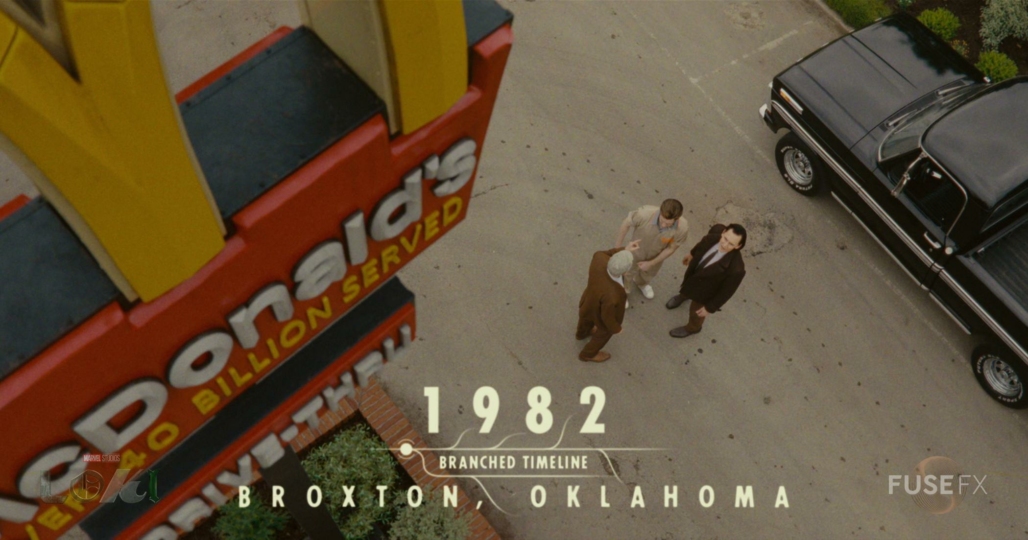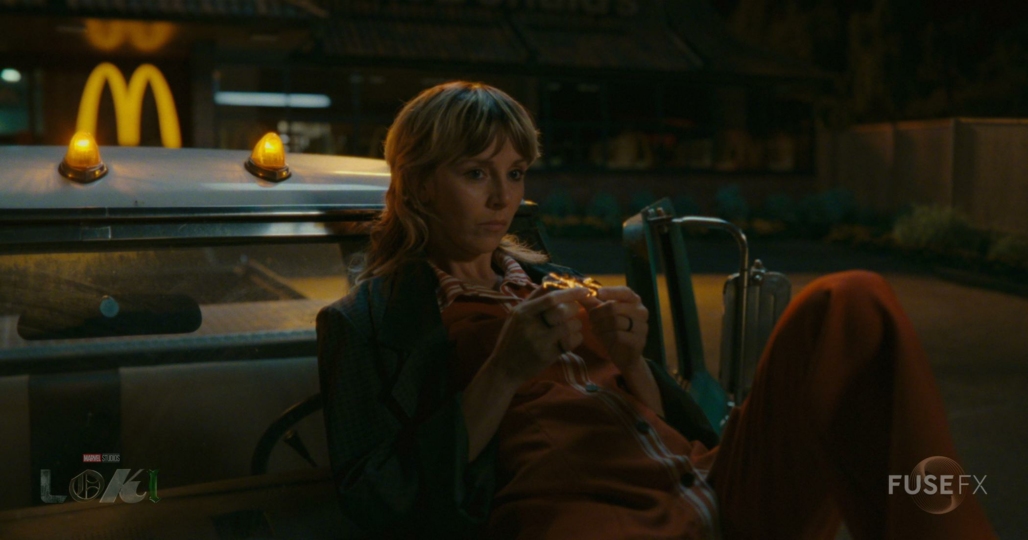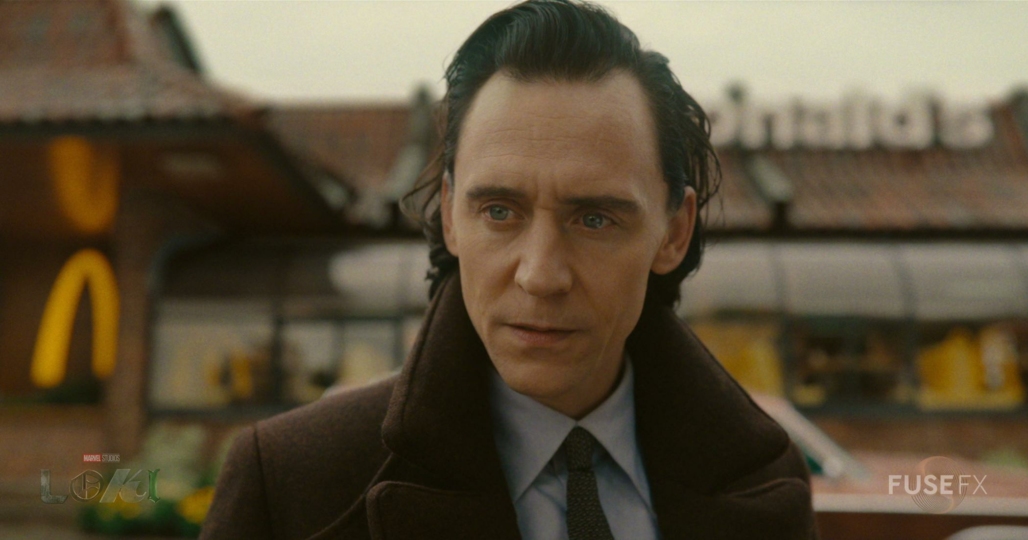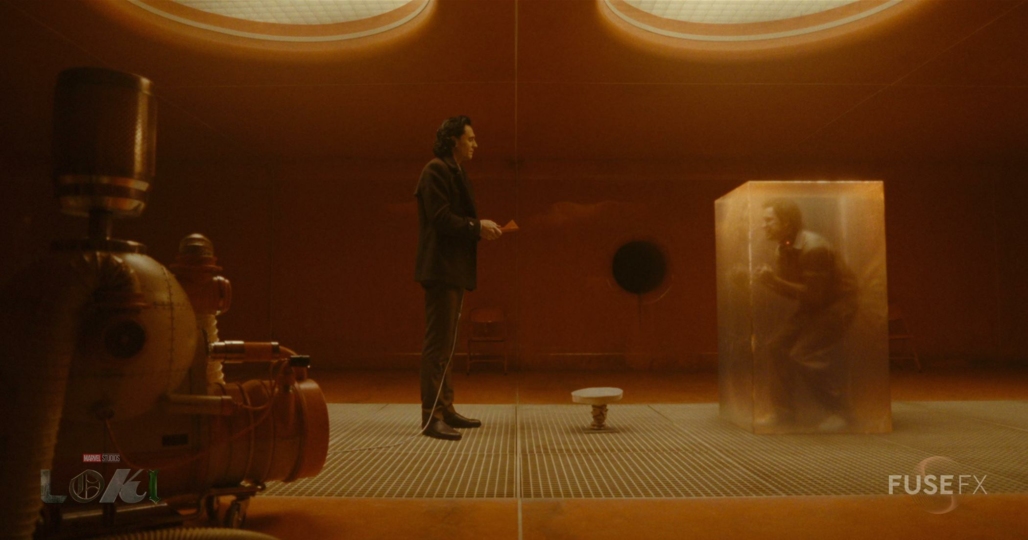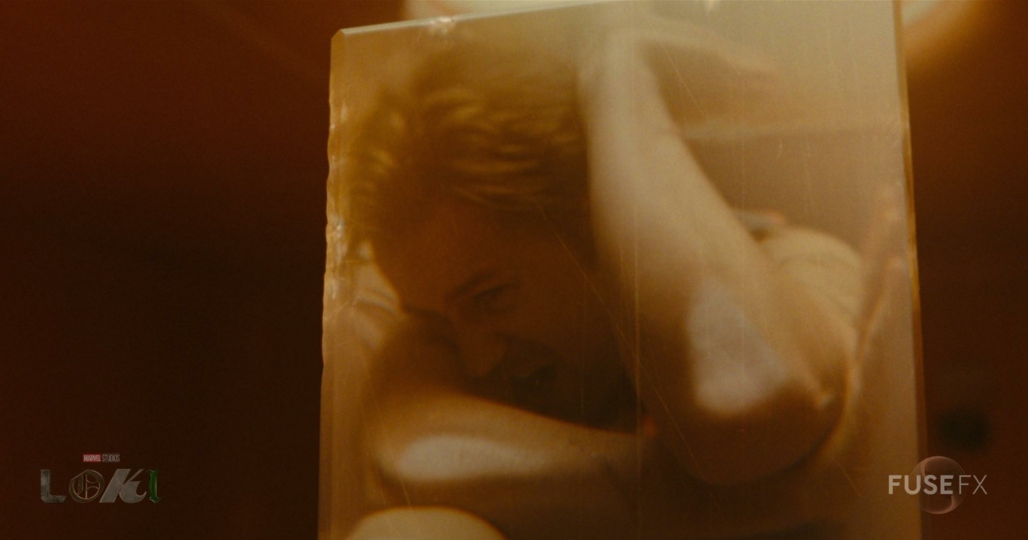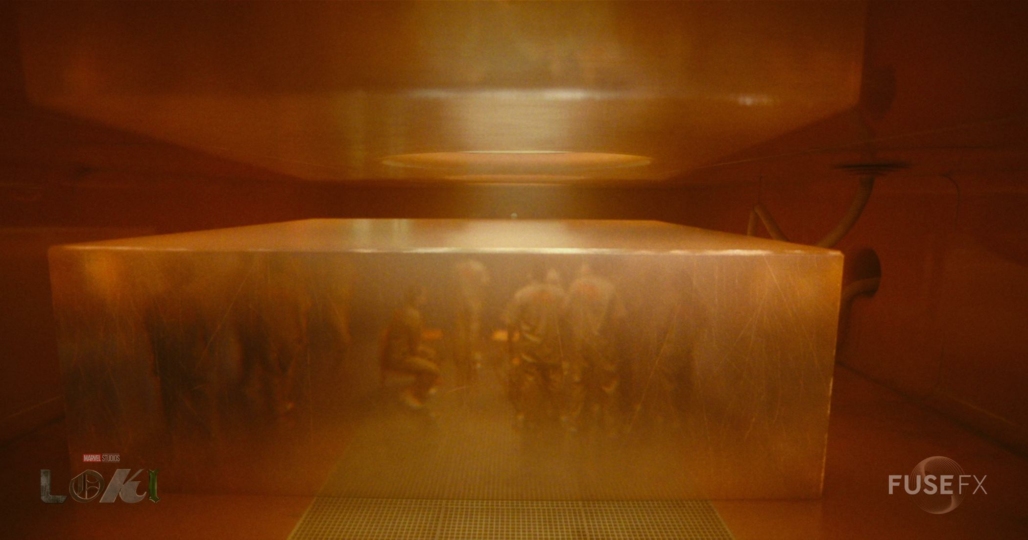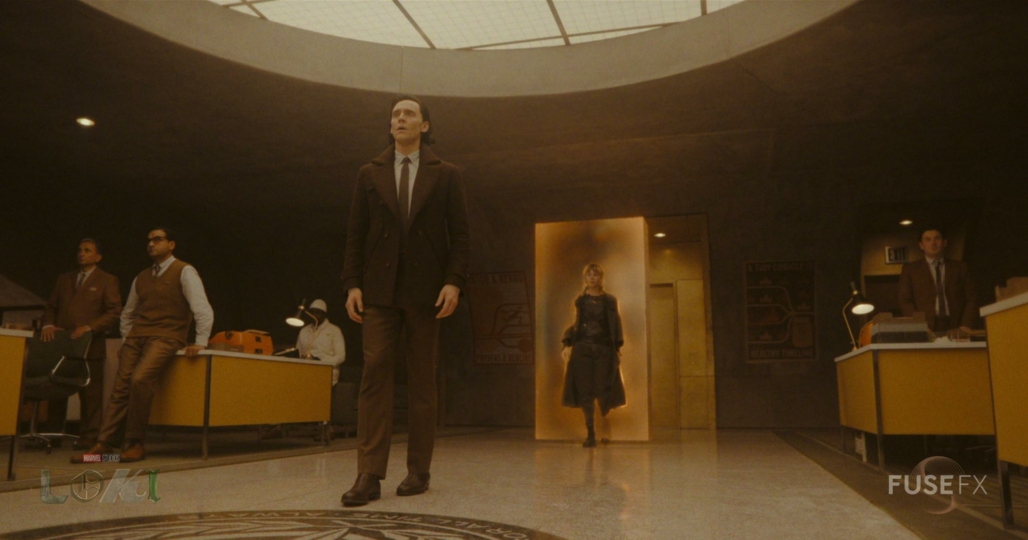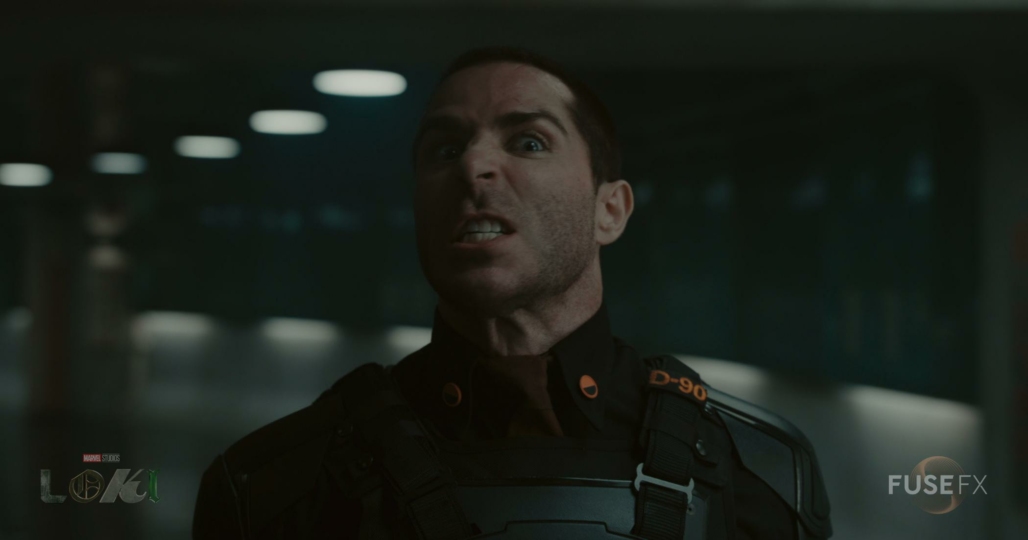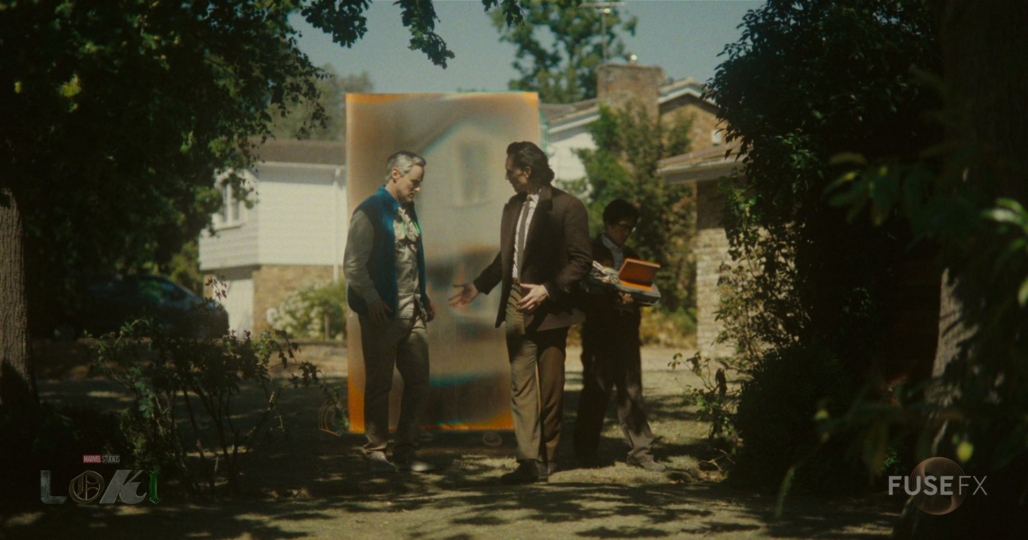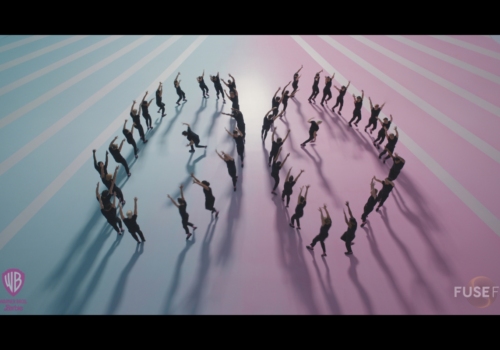LOKI Season 2
LOKI SEASON 2
In total, FuseFX successfully delivered 188 shots across all six episodes of Loki Season 2. “The standout episode was undoubtedly the second, marked by extensive McDonald’s set extensions and the more extended Gizmo sequence. Working on this show was immensely satisfying, whether considering our pride in the work or the fantastic collaboration with the Marvel team,”
- Kevin Yuille, VFX Supervisor


The Gizmo
FuseFX was in charge of creating the Gizmo, a giant cube capable of adapting to various sizes. Initially expansive, it acted like a trap for any object or person, resembling a powerful trash compactor. Once enclosed, resistance against its walls proved futile, and as the walls contracted the trapped entity was gradually compressed.


The FuseFX team was also tasked with redesigning the original Time Door and creating the torture device known as the Gizmo. “The Gizmo served as an extension of the Time Door setup, sharing a nearly identical set of renders and AOVs from FX but treated differently in compositing to achieve a distinct appearance,” Yuille details. “Unlike the vertical slab of glass in the Time Door, the Gizmo took the form of a versatile giant cube capable of adapting to various sizes. Initially expansive, it acted like a trap for any object or person, resembling a powerful trash compactor.
Once enclosed, resistance against its walls proved futile, and as the walls contracted the trapped entity was gradually compressed. The unique look was largely achieved through a seamless hand-off of FX renders and AOVs to the compositing phase where they were utilized to create the refraction and reflection effects. Distinguishing itself from the Time Doors, the Gizmo featured internal reflections, enhancing the integration of people and objects with the internal walls. Some reflections were extracted from on-set plates where actors were filmed against moving planes of plexiglass. Others were renders from FX or compositing techniques involving flipping performers or using Nuke to project performances onto cards, capturing reflections from surfaces through Nuke’s ray-tracing renderer. This sequence was a particularly enjoyable project and stood out as one of the significant accomplishments for FuseFX in the show this season.”

